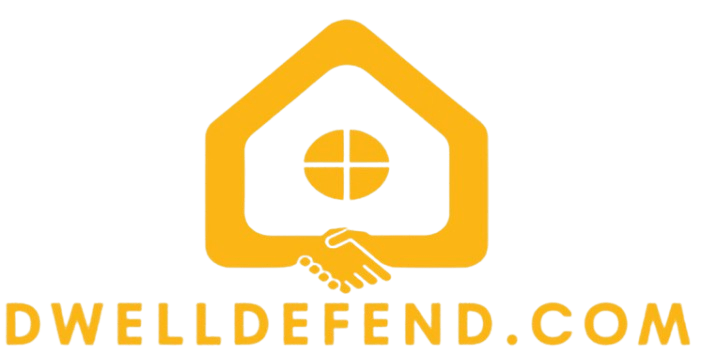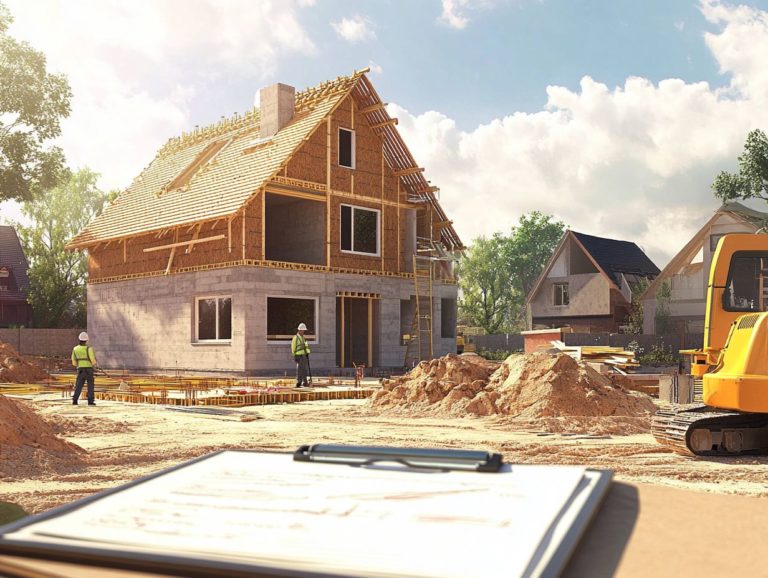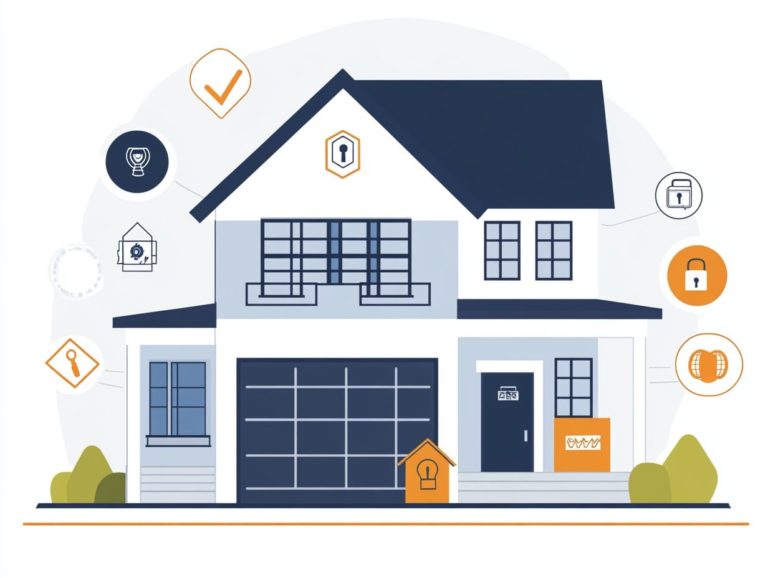Types of Coverage in Homeowners Insurance
Homeowners insurance is not merely a policy; it embodies peace of mind.
Whether you’re stepping into homeownership for the first time or you’re a seasoned pro, grasping the nuances of homeowners insurance is vital in safeguarding your most significant investment.
From fundamental coverage options like dwelling and personal property protection to additional security layers such as flood and earthquake insurance, this guide will empower you with essential knowledge!
Arm yourself with the knowledge you need to ensure your home and belongings are thoroughly protected.
Contents
- Key Takeaways:
- Understanding Homeowners Insurance
- Basic Coverage in Homeowners Insurance
- Additional Coverage Options
- Frequently Asked Questions
- What are the different types of coverage included in homeowners insurance?
- What exactly is dwelling coverage, and why is it important?
- What is Other Structures Coverage?
- What is Personal Property Coverage?
- What is Loss of Use Coverage?
- What is Personal Liability Coverage?
- What is Medical Payments to Others Coverage?
Key Takeaways:
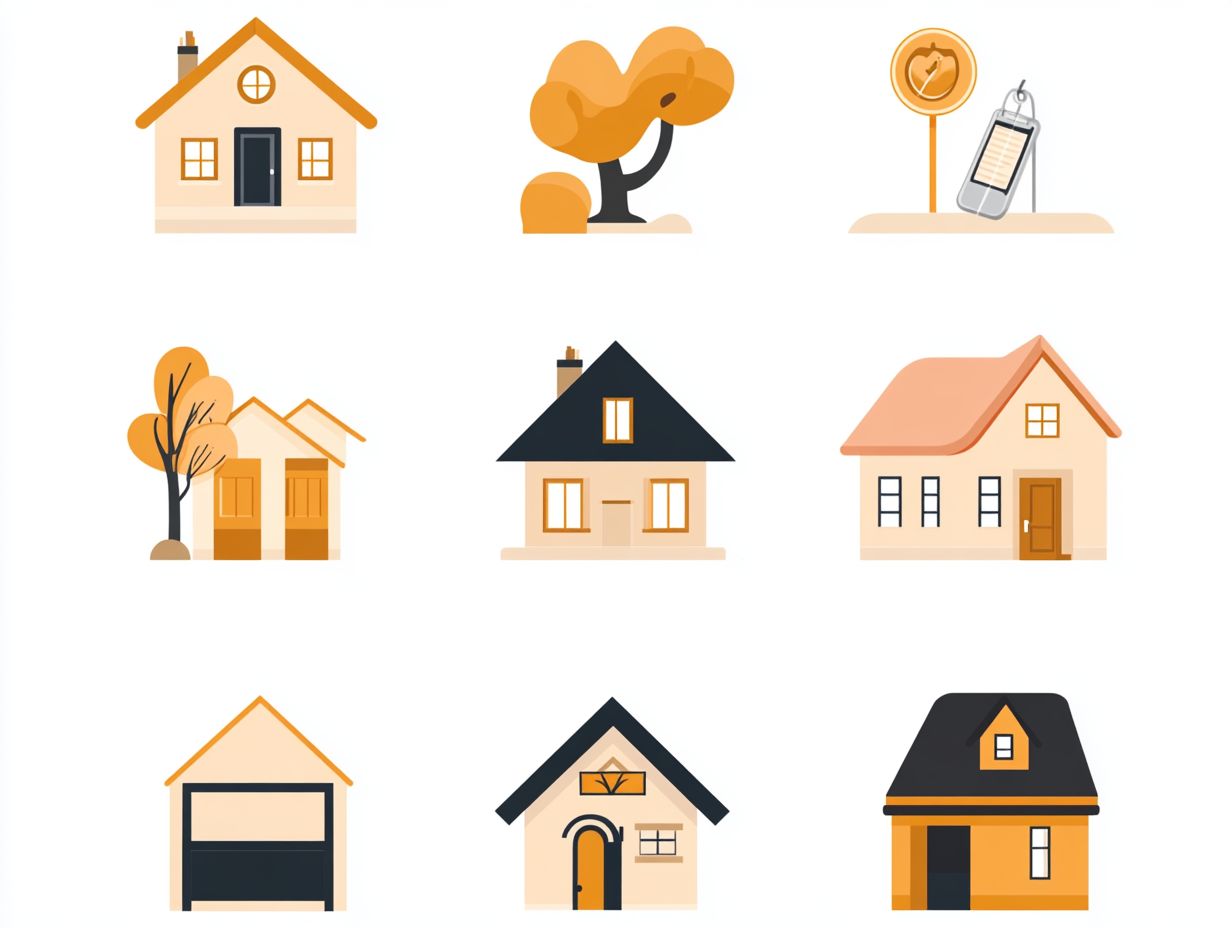
Homeowners insurance provides financial protection for your home, belongings, and liability. Basic coverage includes dwelling, personal property, and liability. To ensure you have comprehensive protection, it’s important to know what to look for in home insurance coverage. Additional coverage options include medical payments, living expenses, other structures, personal liability umbrella, flood, and earthquake insurance.
Ready to secure your home? Explore these coverage options to find the perfect fit for your needs!
Understanding Homeowners Insurance
Homeowners insurance is an essential pillar of financial protection for you and your family. It is meticulously crafted to address the unique risks that come with homeownership.
This insurance includes a variety of policies that shield you from numerous perils, ranging from property damage to liability claims. It ensures you’re prepared for unexpected events.
By grasping the intricacies of these insurance policies, you can make informed choices tailored to your needs. Consider the types of coverage available, any exclusions, and the financial ramifications of different risks.
With a diverse array of coverage options, homeowners insurance is crucial for safeguarding your valuable possessions and maintaining your financial stability. To ensure you choose the right policy, it’s important to grasp understanding the differences in home insurance types.
What is Homeowners Insurance?
Homeowners insurance protects you from financial losses due to damage, theft, or liability claims. It s your safety net in a world full of uncertainties.
This type of insurance typically includes several key components:
- Dwelling coverage, which protects the structure of your home.
- Personal property coverage, safeguarding your belongings, such as furniture and electronics, in the event of theft or disasters.
- Liability coverage, which helps cover legal expenses if someone gets injured on your property.
If you’re renting, renters insurance offers a similar layer of protection. It covers your personal items and provides liability coverage to guard against unforeseen incidents.
By understanding the nuances of these various policies, you can choose the ideal coverage that perfectly aligns with your unique circumstances.
Basic Coverage in Homeowners Insurance
Basic coverage in homeowners insurance is essential for safeguarding yourself against a range of risks. For a deeper insight, consider understanding homeowners insurance types that could jeopardize your property and finances.
This coverage generally encompasses:
- Dwelling protection for structural damage.
- Personal property coverage for your valuables.
- Liability coverage to defend against claims related to personal injury or property damage.
Grasping these fundamental components is key to effectively managing risk. This ensures that your home and belongings are well-protected against unexpected events.
Dwelling Coverage
Dwelling coverage is a vital aspect of homeowners insurance. It specifically protects the physical structure of your home against various perils, including fire, wind, and vandalism, while understanding liability coverage in home insurance is also important for comprehensive protection.
This coverage safeguards your main building and extends to attached structures like garages or decks. It also includes fixed installations such as plumbing and electrical systems, making it crucial to understand coverage limits in home insurance claims.
You should understand that dwelling coverage typically encompasses a range of risks. These range from natural disasters to accidental damages, ensuring your investment remains secure. For more details, you can check what home insurance covers.
By offering a financial safety net, this insurance allows you to concentrate on recovery and rebuilding. It frees you from the worry of out-of-pocket expenses that can arise from significant home repairs following a loss.
Personal Property Coverage
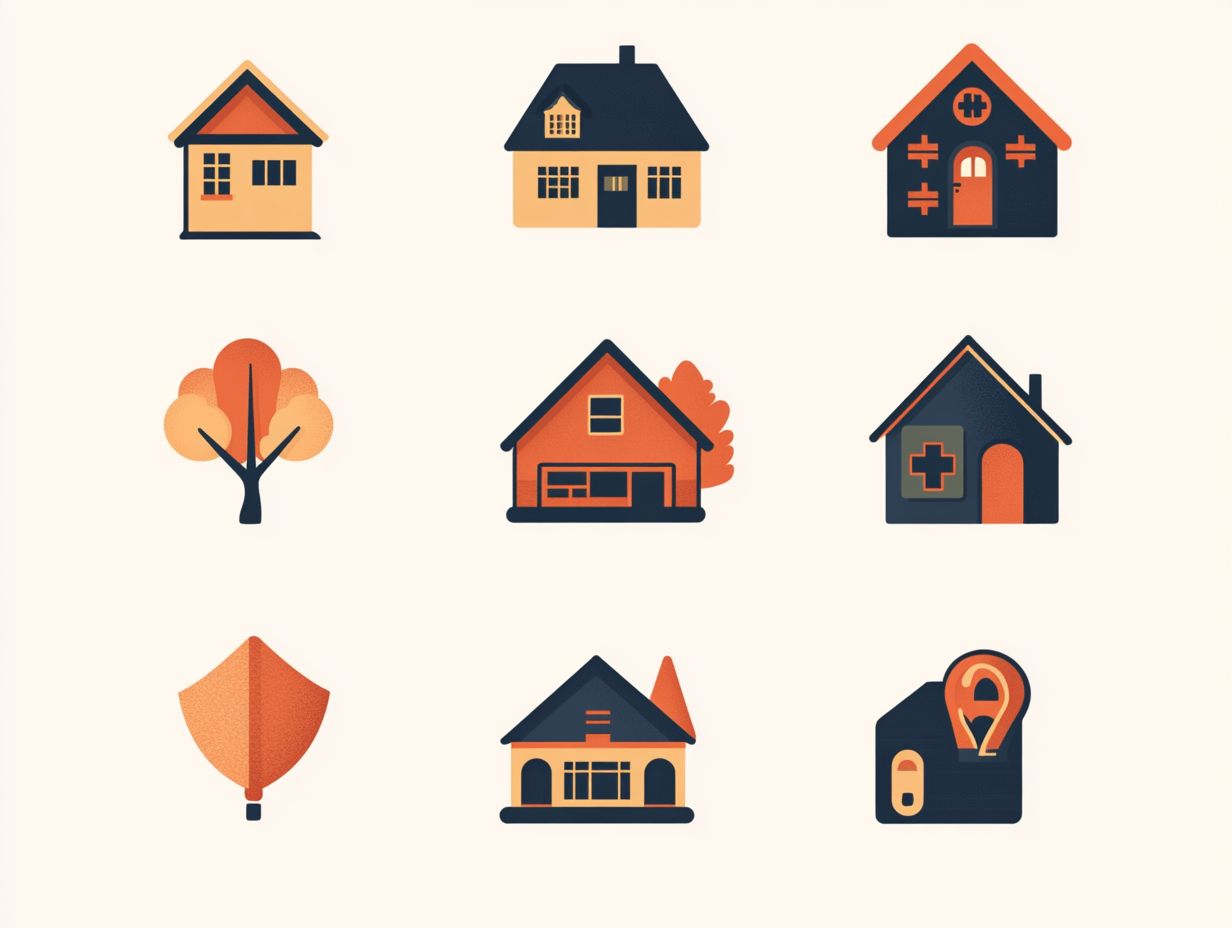
Personal property coverage protects your valuable belongings think furniture, electronics, and cherished items from risks like theft, fire, or water damage.
This coverage includes a range of items, giving you peace of mind about your investments. When a claim arises, assess the damage and file a claim with your insurance provider.
Not everything is covered under your policy. High-value items like art or collectibles may need special considerations.
Exclusions can also apply, especially for items lost in natural disasters. Reviewing your policy is crucial to safeguard your assets effectively.
Liability Coverage
Liability coverage provides essential financial protection against claims from injuries or damages on your property. This coverage shields you from potential lawsuits that could lead to significant financial burdens.
If a visitor slips on your icy walkway, liability coverage can help cover medical expenses and legal fees. Don’t risk your financial stability! Ensure you have enough liability coverage today.
Additional Coverage Options
Additional coverage options elevate the protection offered by standard policies, including understanding coverage limits in home insurance, which address the unique needs homeowners face.
These options might include:
- Medical payments coverage for injuries on the property,
- Additional living expenses for unexpected relocations,
- Coverage for other structures like fences or sheds.
Explore a personal liability umbrella policy for extra financial protection against significant claims. Understanding these options ensures a robust safety net for your financial security.
Medical Payments Coverage
Medical payments coverage offers financial support for medical expenses when guests are injured on your property. This coverage typically applies regardless of who s at fault, allowing quick assistance without long legal disputes.
It includes a range of expenses, like hospital bills and rehabilitation costs, up to a specified limit. Keep in mind, this coverage usually doesn t extend to injuries sustained by you, family members, or tenants.
Understanding these details gives you the power to make informed decisions about your insurance needs.
Additional Living Expenses Coverage
Additional living expenses coverage helps manage costs when you need to relocate temporarily due to property damage. It addresses essential expenses like hotel bills and dining out, ensuring you maintain a similar standard of living.
Damage from fire, severe weather, or water can activate this coverage. It eases your transition by providing support during challenging times, giving you peace of mind amidst unexpected disruptions.
Other Structures Coverage
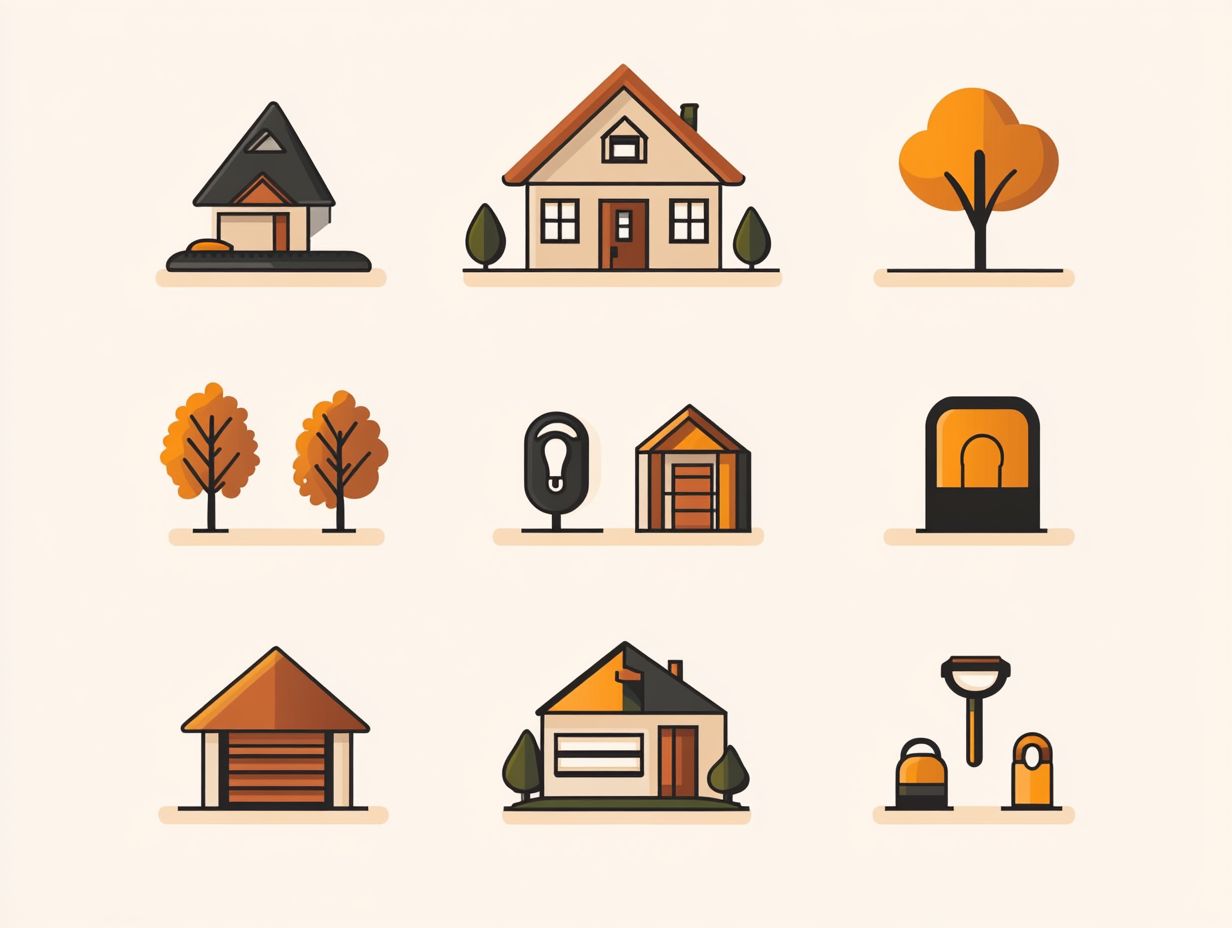
Other structures coverage is a crucial aspect of homeowners insurance that extends protection to various structures on your property that aren t directly attached to your home, like garages, sheds, and fences. This coverage is designed to shield a variety of outbuildings, ensuring they remain financially secure against risks such as fire, theft, or vandalism.
It usually includes a variety of structures, from detached guest houses to storage units. All these structures play a significant role in enhancing your property s utility and value. Be mindful of potential exclusions; for instance, certain high-value items or structures used for business purposes may not be covered under standard policies.
It s essential for homeowners to carefully check their insurance documents to fully grasp the scope of protection and any limitations that may apply.
Personal Liability Umbrella Policy
A personal liability umbrella policy serves as an essential layer of protection, enhancing your homeowners insurance by providing extra protection for liability claims that exceed the standard policy limits.
In today s litigious society, where even the smallest incident can lead to substantial financial consequences, this type of policy is particularly advantageous. It covers a variety of scenarios, including injuries sustained by guests on your property, damages caused by your pets, or events that occur in public spaces.
By integrating seamlessly with your existing homeowners insurance, it acts as a safety net that activates when your primary coverage falls short, delivering invaluable peace of mind. These policies shield you from lawsuits and protect your personal assets, empowering you to navigate life s unpredictability with unwavering confidence.
Flood Insurance
Flood insurance is a specialized policy that you may need if you live in flood-prone areas, as standard homeowners insurance usually leaves out protection against flood damage. This distinction is essential; many mistakenly believe their insurance plans cover all natural disasters.
Without a specific flood insurance policy, you could find yourself exposed to significant financial loss when storm surges or heavy rainfall strike. Flood insurance covers structural damage, personal property, and even cleanup costs related to a flood event, allowing you to bounce back more effectively.
Understanding these nuances not only safeguards your finances but also empowers you to make informed choices about property preservation and long-term security.
Earthquake Insurance
Earthquake insurance is an additional coverage option that provides you with vital protection against financial loss stemming from earthquake-related damage, which is often excluded from standard homeowners insurance policies.
This coverage is crucial for your safety and financial security! It becomes essential if you reside in areas particularly susceptible to seismic activity, granting you peace of mind should a natural disaster strike.
It ensures that you remain financially secure, empowering you to rebuild or repair your home in the wake of the devastating aftermath of an earthquake.
While standard homeowners insurance typically covers risks like fire and theft, it falls short when it comes to tremors and ground shaking. By opting for earthquake coverage, you significantly bolster your financial resilience, complementing your existing policies and establishing a more comprehensive defense against potential disasters.
Learn more about homeowners insurance by watching this short video!
Frequently Asked Questions
What are the different types of coverage included in homeowners insurance?
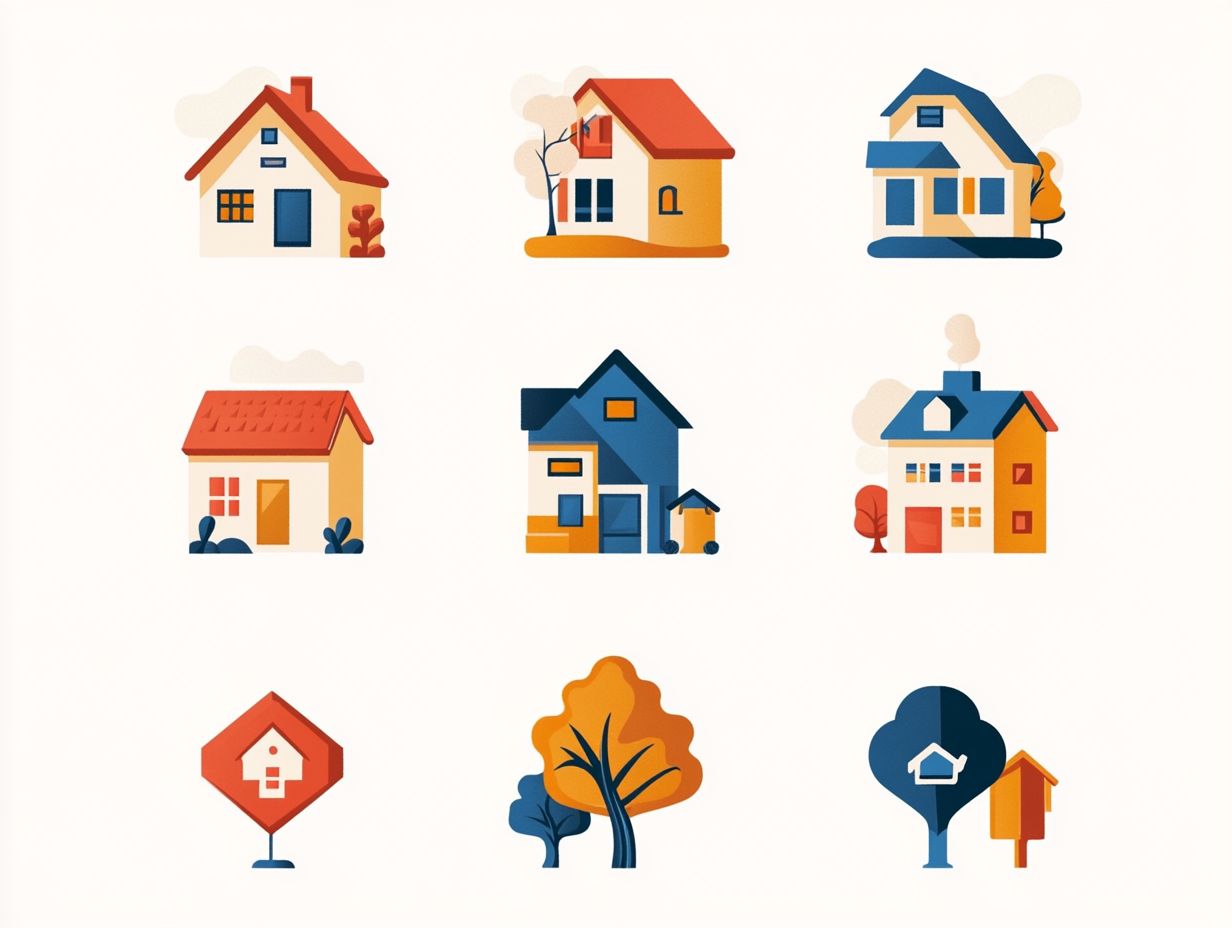
There are typically six types of coverage included in homeowners insurance: dwelling, other structures, personal property, loss of use, personal liability, and medical payments to others.
What exactly is dwelling coverage, and why is it important?
Dwelling coverage is the main component of homeowners insurance and covers the physical structure of your home, as well as attached structures like a garage or deck. To fully understand your policy, it’s important to know the limits of home insurance types, as it protects against damage from covered events such as fire, wind, and vandalism.
What is Other Structures Coverage?
Other structures coverage protects buildings on your property that aren’t attached to your home. This includes items like sheds or fences.
What is Personal Property Coverage?
Personal property coverage safeguards your belongings, such as furniture and electronics, from damage or loss. It even protects items not on your property, like a stolen laptop while traveling.
What is Loss of Use Coverage?
If your home becomes uninhabitable due to a covered event, loss of use coverage helps with temporary living expenses. This includes costs for hotels, rentals, food, and transport.
What is Personal Liability Coverage?
Personal liability coverage protects you if someone is injured on your property or if you accidentally damage someone else’s property. It also covers legal fees and settlements if you’re sued.
What is Medical Payments to Others Coverage?
This coverage pays for medical expenses if someone is injured on your property, regardless of fault. It can cover hospital bills and ambulance fees.
